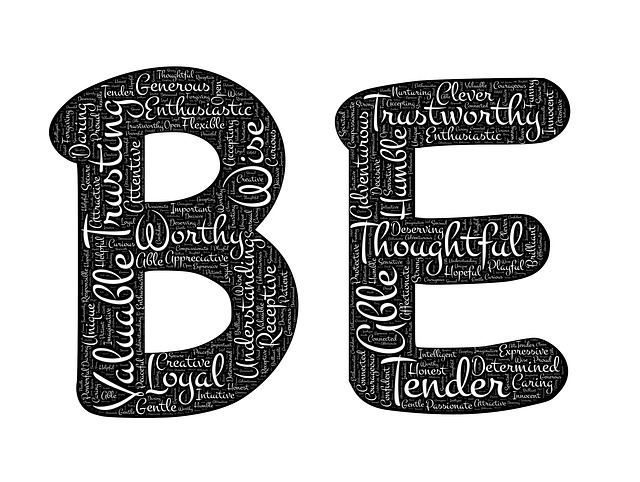Amanda Sinclair, in her book Leading Mindfully, cautions against the endless chase of authenticity or of the holy grail of authentic leadership.
In the first place, Amanda notes that “authenticity” is not a personal attribute or characteristic; it is an attribution by others. People may deem you to be an authentic leader by your words and actions and their alignment, by your readiness to “put your money where your mouth is” or your willingness to admit your mistakes.
People readily follow leaders who are authentic – leaders who possess self-awareness, whose words and actions accord with their stated values, who are able to listen empathetically and value others’ perspectives and who willingly risk the vulnerability of personal disclosure. Followers know where they stand, they can place trust in the leader, they sense that their own ideas will be heard and treated on their merits and they are more willing to step outside their own comfort zone as a result of the risk taking and openness of the leader.
The problem arises where a leader chases the “authentic leader” model as if it is some unerring means of gaining commitment and performance from others. The endless pursuit of “selfies” with significant people and the temptation to create their own personal brand modelled on idealised leader characteristics can lead to self-absorption, rather than the leadership of others.
If we become obsessed with how we are viewed by others, our energy and attention becomes inner-directed, moving us further away from being fully present in the moment. We are then unable to read others’ needs or to notice the challenges confronting our organisation. This self-referential behaviour leads to distortion of perception and perpetuation of bias and stereotyping.
Perception of a leader’s authenticity will flow naturally for a leader who practices mindfulness and, in consequence leads mindfully – fully attuned to their inner and outer worlds and demonstrating high levels of self-management.
Amanda concludes that by “setting aside the hunger for self” through mindfulness practice, we can gain real authenticity in the sight of others:
“Being me” takes up energy and attention while I seek to make sure I come across in the right way, or alternatively descend into a cycle of self-recrimination when it doesn’t all go to plan. In contrast, mindfulness gives us ways of pausing and noticing when the need to be someone stops us from really being here and now. (p.172)
So, as we grow in mindfulness, we can stop chasing authenticity, get in touch with our self-absorption, increase our other-awareness and gain self-mastery.
By Ron Passfield – Copyright (Creative Commons license, Attribution–Non Commercial–No Derivatives)
Image source: courtesy of johnhain on Pixabay
Disclosure: If you purchase a product through this site, I may earn a commission which will help to pay for the site, the associated Meetup group and the resources to support the blog.

